Look up tonight! Ursid Meteor Shower will peak this evening with up to 10 shooting stars every hour – here’s the best time to see it
The lights on the Christmas tree won't be the only things lit up tonight.
This evening, stargazers will enjoy the last meteor shower of 2023.
The Ursid Meteor appears every year between December 17 and 26 but reaches its stunning peak tonight and tomorrow.
To make things even easier, this coincides with the winter solstice, so you'll have as long as possible to catch some meteors.
So, if you're in the festive mood for sky-gazing, read on to find out how you can get the best view of this amazing display.
The Ursid Meteor shower will reach its dazzling peak tonight and tomorrow evening. This will fill the sky with fireballs like those seen near Colchester on Christmas Day last year
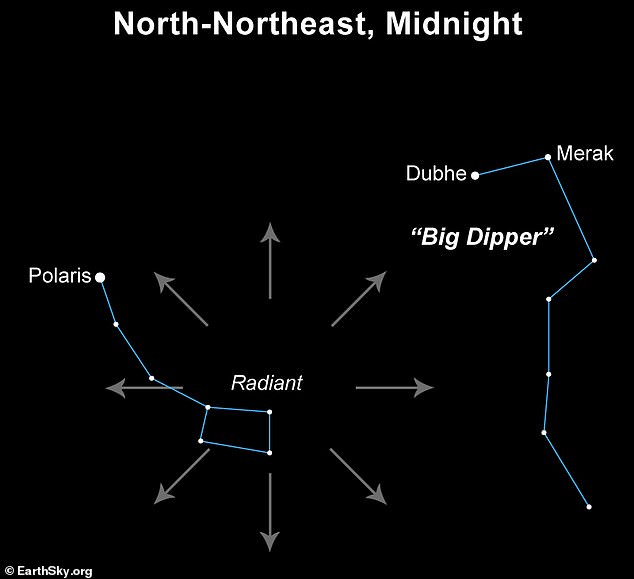
The Ursid shower is named after the region of the sky from which it appears to emerge, as shown in this sky map. The meteors in the Ursid shower appear to radiate from the constellation Ursa Minor
Meteor showers are caused by Earth moving through a cloud of debris in space.
Since these clouds do not move relative to the sun, rain always falls at the same time of year.
In the case of the Ursids, the meteors are caused by debris from comet 8P/Tuttle, a peanut-shaped chunk of ice and rock 2.8 miles across, which orbits the sun every 13.6 years.
Each time the comet comes closer to the Sun, the intense heat causes it to break apart a little more, increasing the debris cloud.
When this debris falls into Earth's atmosphere at 43 miles per second (70 km/s), it burns up and vaporizes with a bright flash, which we see as a meteor.
This also causes meteors to appear in the same place, Anna Gammon-Ross, chief planetarium astronomer at the Royal Greenwich Observatory, told MailOnline.
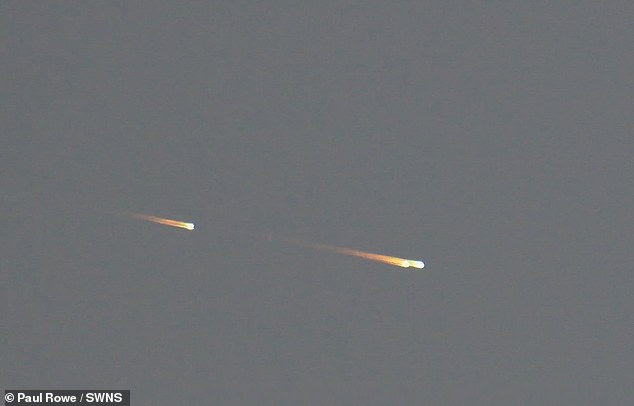
At its peak, viewers with good conditions can expect to see up to 10 meteors per hour, which may come in clusters as these bright stars did over Essex on Christmas Day.
“The Ursids meteor shower is named after the constellation Ursa Minor, the Little Bear,” Ms. Gammon-Ross said.
“This is because although meteors appear all over the sky, they appear to appear or radiate from a single point located within this constellation.”
The Ursids are sometimes overlooked by stargazers due to their proximity to the stunning Geminid shower.
At their peak, the Ursids typically produce only 10 meteors per hour, although they have been known to produce up to 25 in very good years.
However, the Ursids are one of the easiest meteor showers to watch.
It coincides with the winter solstice, when Earth's northern hemisphere reaches its maximum tilt away from the sun.
This means that its peak will fall on the longest night of the year, giving you plenty of time to see some meteors.
“While this may not be the most impressive shower in terms of numbers of meteors, it is a cool thing to look out for because the radiant point of Ursa Minor is always high in the north of the sky – this constellation,” Ms Gammon-Ross adds. It is never specified.
This means there will be more chances to see some meteors this evening.
Unfortunately, the peak timing this year isn't quite ideal, as the moon will be bright in the sky.
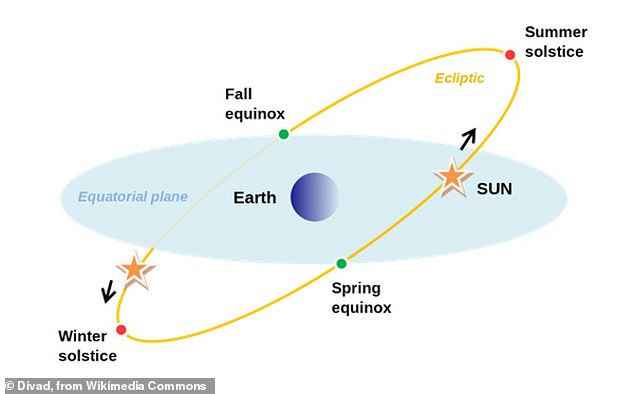
The Ursids coincide with the winter solstice, when Earth's northern hemisphere reaches its maximum tilt away from the sun. This chart shows how the solstice produces the longest night
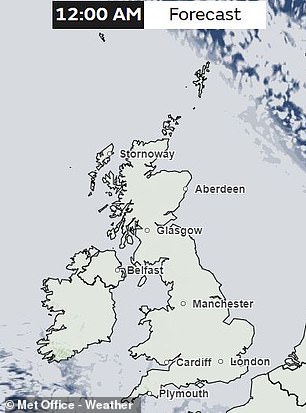
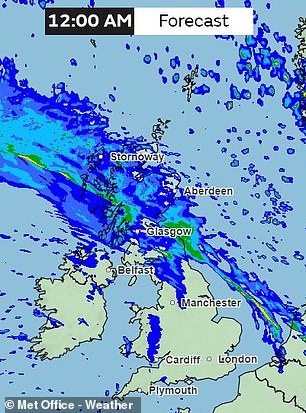
The weather this evening will remain dry for most of England but an amber weather warning has been issued for parts of Scotland, so be sure to check your local forecast before heading out.
At about 80% illumination, the Moon may interfere with some observations and make some faint meteors difficult to see.
But, because of the long night of the solstice, there is a way for any keen stargazers to avoid this problem.
“The best time to view this shower will be between 4.30 and 6am on December 23,” Ms Gammon-Ross said.
“This is after the bright, waning gibbous moon sets but before the sun begins to rise.”
However, seeing meteors is still a waiting game, so be prepared to spend some time out in the cold.
Make sure you stay warm and consider bringing a folding chair and some hot drinks while you wait.
To further boost your chances, stay away from artificial light and give your eyes plenty of time to adjust to the dark.
This means not looking at your phone and resisting the urge to take any photos, especially with the flash on.
The Met Office has issued an orange weather warning for some parts of northern Scotland, so be careful when out in these areas.
However, most parts of England and Wales will avoid the worst of the rain this evening.
Conditions will likely be dry, if a bit cool and cloudy.
(Tags for translation)dailymail
